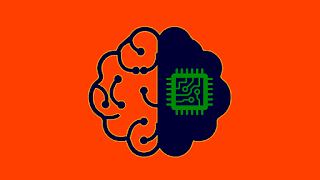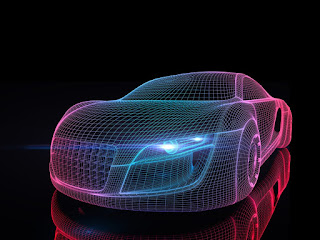3 Best Frameworks For Machine Learning || UNIV_TECHS
If you are a beginner, check out our articles on ”Machine learning crash course” and “Machine learning specialization course”.
Each of these Frameworks is different from each other and takes much
time to learn, during the time of making this list we took care of
features other than the basic ones, User base and community &
support was one of the most important parameters. Some frameworks are
more mathematically oriented, and hence geared more towards statistical
than neural networks. Some of them provide a rich set of linear algebra
tools; some are mainly focused only on deep learning.
1. TensorFlow
TensorFlow
an open source software library for data-based programming across a
range of tasks, which was developed by Google Brain team and initially
released on 9th of November 2015, though the stable release was made
available only on 27th of April this year. It is capable of doing
regressions, classifications, neural networks, etc. very effectively and
is even capable of running both on CPUs and GPUs. TensorFlow is hard to
grasp at early stages due to its complex functions, as the user would
need to understand Numpy arrays well. Numpy is a Python framework which
helps in working with n-dimensional arrays.
Advantages of Tensor Flow:
- Flexibility: It is a highly flexible system that provides users with multiple models and versions of the same model which can be served simultaneously. This flexibility helps in non-automatic migration to newer versions.
- Portability: It runs on GPUs, CPUs, desktops, servers, and mobile computing platforms. You can deploy a trained model on your mobile as a part of your product, and that’s how it serves as a true portability feature.
- Research and development
- Auto differentiation
- Performance
2. Apache Spark
Spark
is an open source cluster-computing framework originally developed at
Berkeley’s lab and was initially released on 26th of May 2014, It is
majorly written in Scala, Java, Python and R. though produced in
Berkery’s lab at University of California it was later donated to Apache
Software Foundation.
Spark core is basically the foundation for this project, This is
complicated too, but instead of worrying about Numpy arrays it lets you
work with its own Spark RDD data structures, which anyone in knowledge
with big data would understand its uses. As a user, we could also work
with Spark SQL data frames. With all these features it creates dense and
sparks feature label vectors for you thus carrying away much complexity
to feed to ML algorithms
Advantages of Spark ML:
- Simplicity: Simple APIs familiar to data scientists coming from tools like R and Python
- Scalability: Ability to run same ML code on small as well as big machines
- Streamlined end to end
- Compatibility
3. Caffe
Caffe
is an open source framework under a BSD license. CAFFE(Convolutional
Architecture for Fast Feature Embedding) is a deep learning tool which
was developed by UC Berkeley, this framework is mainly written in CPP.
It supports many different types of architectures for deep learning
focusing mainly on image classification and segmentation. It supports
almost all major schemes and is fully connected neural network designs,
it offers GPU as well as CPU based acceleration as well like TensorFlow.
CAFFE is mainly used in the academic research projects and to design
startups Prototypes. Even Yahoo has integrated caffe with Apache Spark
to create CaffeOnSpark, another great deep learning framework.
Advantages of Caffe Framework:
- Caffe is one of the fastest ways to apply deep neural networks to the problem
- Supports out of box GPU training
- Pretty well organized Mat lab and python interface
- Switch between CPU and GPU by setting a single flag to train on a GPU machine then deploy to commodity clusters or mobile devices.



Comments
Post a Comment